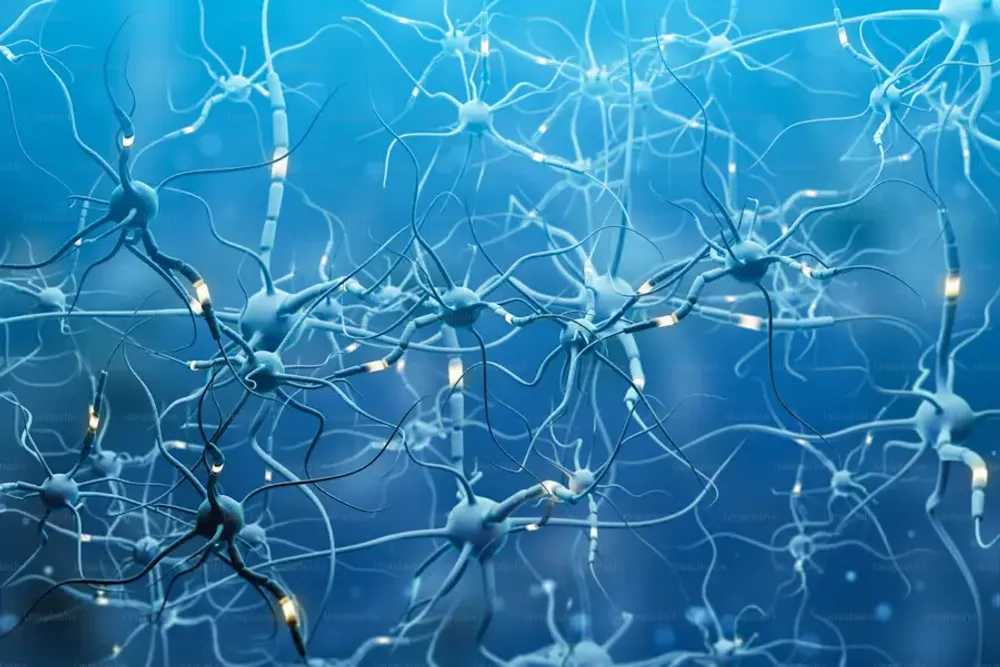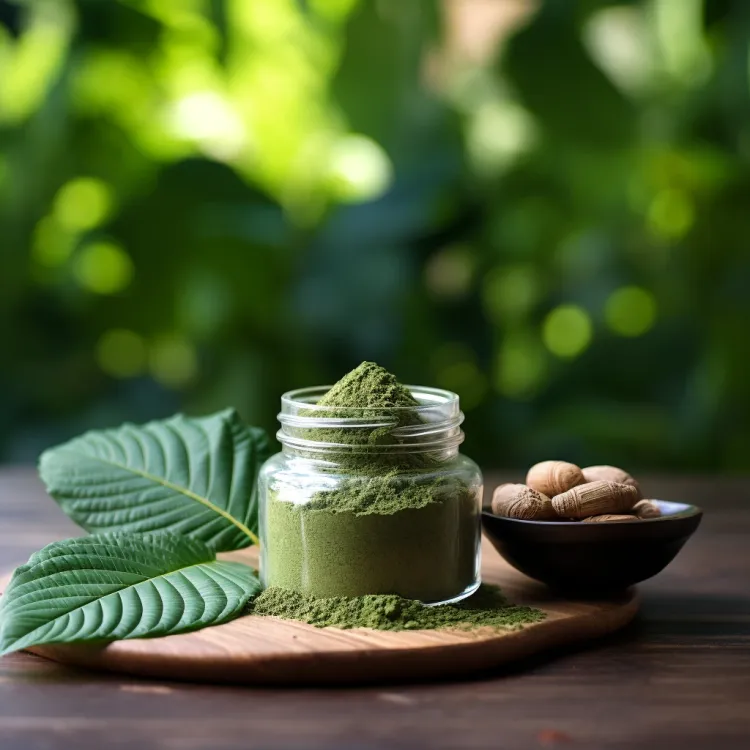Understanding Kratom and Its Unique Interaction with receptors in the brain
Kratom 19-10-2024

In recent years, kratom has gained popularity in the West for its potential to relieve pain, reduce anxiety, and help with opioid withdrawal symptoms. One of the key reasons behind its rising fame is its interaction with the mu opioid receptor (MOR), a receptor heavily involved in the effects of traditional opioids like morphine and heroin. However, unlike these classical opioids, kratom’s alkaloids—particularly mitragynine and 7-hydroxymitragynine—interact with the mu opioid receptor in a way that significantly reduces the risk of tolerance and overdose.
The secret behind this difference lies in how kratom affects certain proteins within cells, notably G proteins and beta arrestin 2. To better understand the unique benefits of kratom and why it could potentially offer a safer alternative to traditional opioids, we explore these key players and their roles.
The Role of the Mu Opioid Receptor (MOR)
The mu opioid receptor (MOR) is a critical component of the body’s pain relief and reward system. It is part of a larger family of G-protein-coupled receptors (GPCRs), which are found on the surface of cells and are responsible for transmitting signals from outside the cell to the inside. When opioids like morphine bind to the mu opioid receptor, a cascade of events is triggered inside the cell. This process involves the activation of specific proteins, such as G proteins and beta arrestin 2, which then go on to “do stuff” within the cell.
What Happens When Morphine Binds to the Mu Opioid Receptor?
When an opioid like morphine binds to the MOR, it primarily activates G proteins inside the cell. G proteins are responsible for carrying out many of the immediate effects of opioid binding, such as pain relief (analgesia) and feelings of euphoria. Different opioids activate different G proteins, and the ratio in which they activate these proteins can affect their potency and side effects.
In addition to activating G proteins, classical opioids like morphine also activate another important protein called beta arrestin 2. Beta arrestin 2 plays several important roles in the body’s response to opioids, but not all of them are beneficial. In fact, beta arrestin 2 is associated with some of the negative effects of opioid use, including the development of tolerance and dangerous respiratory depression, which can lead to overdose.
Beta Arrestin 2: A Double-Edged Sword
Beta arrestin 2 has a key role in mediating tolerance, desensitization, and internalization of the receptor, meaning it causes the mu opioid receptor to become less responsive to stimulation over time. This is why people who take opioids like morphine often need to increase their dosage to achieve the same pain-relieving effect—their body has become tolerant to the drug. Moreover, beta arrestin 2 is involved in genetic and epigenetic changes that can lead to longer-term issues with opioid dependency and withdrawal.
Most crucially, beta arrestin 2 is also implicated in opioid overdose, particularly due to its role in respiratory depression. When an opioid binds to the mu opioid receptor, the activation of beta arrestin 2 can lead to a dangerous reduction in breathing, which is the primary cause of death in opioid overdoses. Therefore, while beta arrestin 2 activation can help modulate the body’s response to opioids, it also brings along significant risks, especially with long-term opioid use.
Kratom’s Unique Interaction with Beta Arrestin 2
This is where kratom stands out. Unlike traditional opioids like morphine and heroin, the alkaloids in kratom—mitragynine and its more potent derivative, 7-hydroxymitragynine—interact with the mu opioid receptor in a fundamentally different way. Studies show that when mitragynine or 7-hydroxymitragynine bind to the mu opioid receptor, they do not activate beta arrestin 2.
This lack of beta arrestin 2 activation is highly significant. Without beta arrestin 2 being mobilized, the risk of developing tolerance to kratom is dramatically reduced, meaning users are less likely to need to increase their dosage over time. More importantly, because beta arrestin 2 plays a key role in opioid overdose, the absence of its activation suggests that kratom is far less likely to cause dangerous side effects like respiratory depression. This makes kratom much safer than classical opioids, particularly in the context of overdose risk.
Kratom’s Selective Activation of G Proteins
In addition to avoiding the activation of beta arrestin 2, kratom’s alkaloids also appear to selectively activate different types of G proteins. By activating G proteins in different ratios than classical opioids, kratom can produce pain relief and other effects without causing the same level of side effects associated with traditional opioids.
Since kratom does not activate beta arrestin 2, it is much less likely to cause the severe respiratory depression that is often fatal in opioid overdoses. This makes it a safer option for people seeking pain relief or help with opioid withdrawal symptoms. That said, it is still possible to develop a psychological dependency on kratom, particularly if it is used in high doses or over an extended period.
Conclusion: Kratom’s Potential as a Safer Alternative
Kratom’s ability to bind to the mu opioid receptor without activating beta arrestin 2 opens up a world of possibilities for its use in pain management and opioid dependency treatment. Via avoiding the activation of this problematic protein, kratom may offer a safer alternative to traditional opioids, with a lower risk of developing tolerance, dependency, and overdose. Its selective activation of G proteins further enhances its appeal, providing effective pain relief without the significant side effects that often accompany classical opioids.



